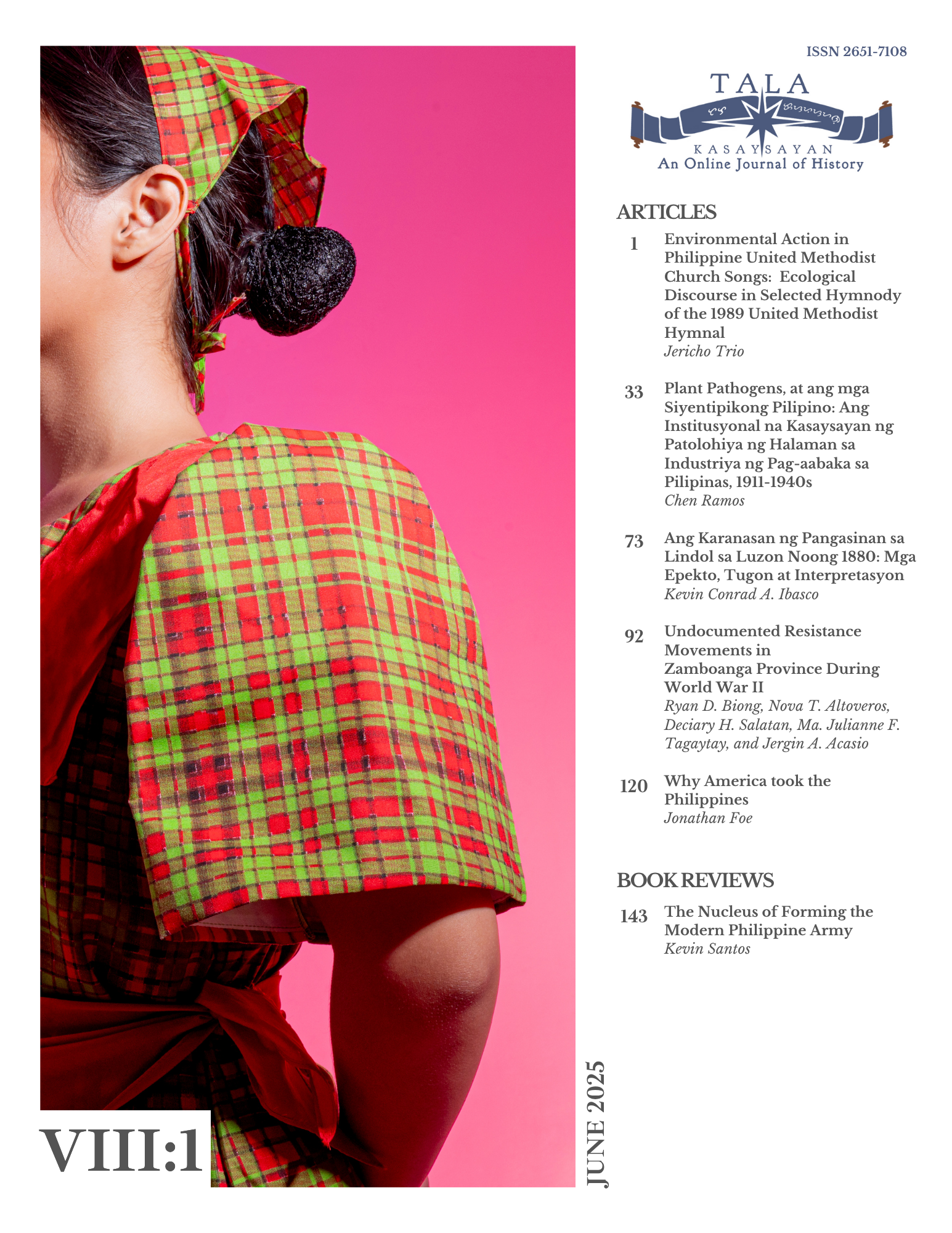Why America Took the Philippines
Keywords:
American imperialism, Gilded Age, American colonial policy, Spanish-American War, William McKinleyAbstract
This paper will give history teachers a helpful overview of American events leading to the Philippine-American War. The United States had rapidly become the leading industrial power, and with the end of the Western expansion, many Republicans yearned for overseas territories to control. This represented an abrupt shift as it had previously led one of the first anti-colonial revolutions, yet now emerged as a colonial power itself. As is often the case today, America was deeply divided—the pro-imperialists versus the anti-imperialists, the conservatives versus the liberals. Resistance to the United States' invasion of the Philippines was motivated by both moral and economic considerations. The Democrats, along with a few Republicans, were against any colonization by their government, and the farmers stood to lose against the importation of cheap tropical sugar. These disputes were at times explicitly racist, reflecting a nation that had abolished slavery thirty years earlier, yet still denied the principle of racial equality to American Blacks and Filipinos.
Downloads
Published
How to Cite
Issue
Section
License
Copyright (c) 2025 TALA: An Online Journal of History

This work is licensed under a Creative Commons Attribution-NonCommercial 4.0 International License.




